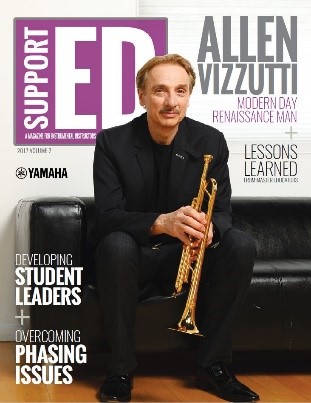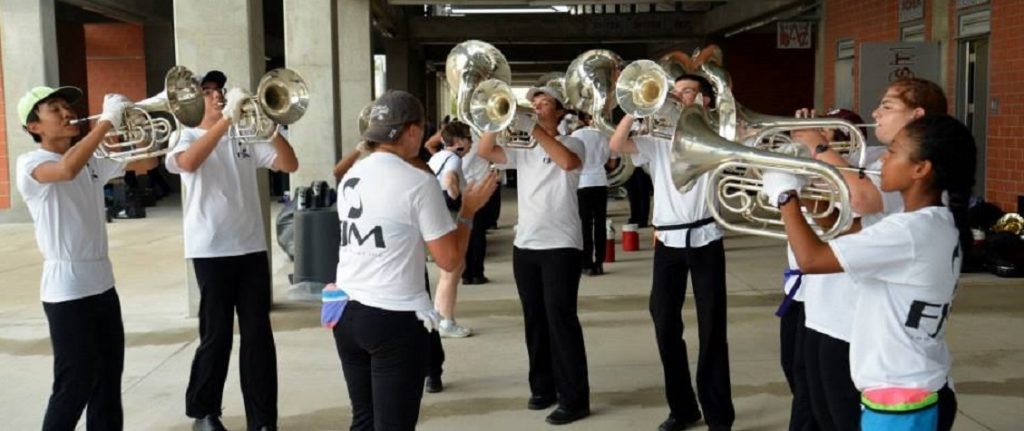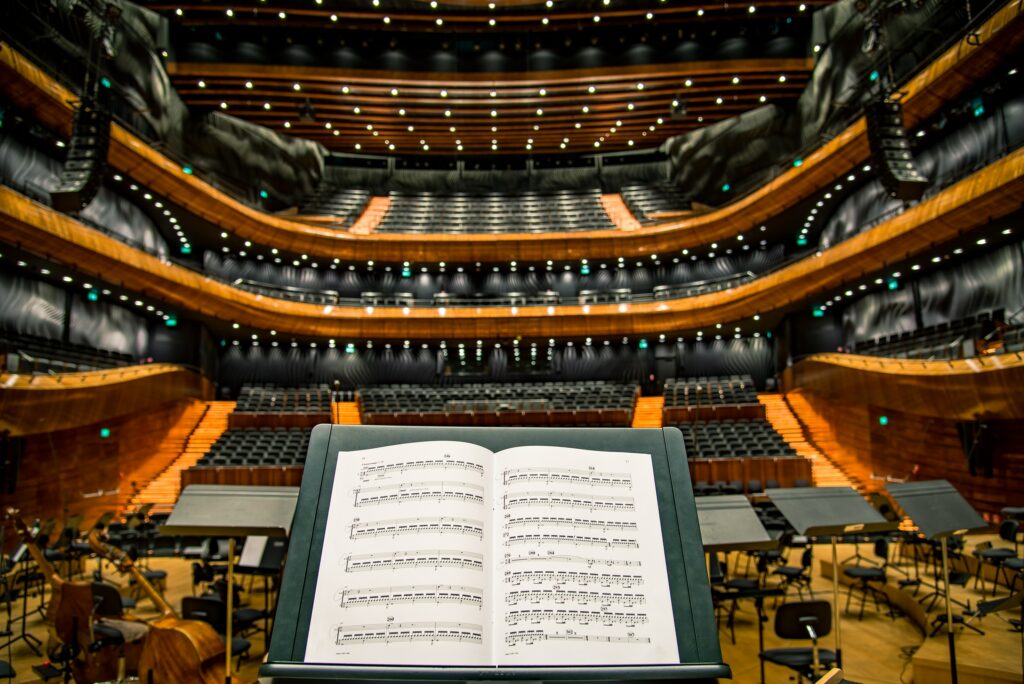Develop Student Leaders
A leadership curriculum will create a culture of excellence in your music program, make a difference in your students’ lives and enrich your own.
When I began teaching in 1994 at Tarpon Springs (Florida) High School, seven students attended rehearsal.
Tarpon Springs won the Bands of America Grand Nationals marching band competition in 2014, the WGI Sport of the Arts color guard championships in 2016, the National Band Association Program of Excellence Blue Ribbon Award in 2016 and top honors for its Wind Ensemble in several national festivals.
Emphasize Leadership
The collaboration among our students, parents, administrators and teachers to collectively place an emphasis on leadership and a growth-based mindset directly shaped the progress of our program. An active and empowered student leadership council made the difference in the expansion of our organization and more importantly impacted the personal development of each of our students.
In 2009 the Tarpon Springs Leadership Conservatory for the Arts (TSLCA) became an official magnet program for students throughout Pinellas County. Presently, every student at the TSLCA takes a yearlong leadership course, music theory and music composition/technology in addition to performance ensemble courses. Just recently, we added the leadership curriculum to Tarpon Springs Middle School, creating a continuous program from grades 6 to 12.
Our student leaders hold one another accountable for the way we prepare, practice and perform. Students lead, inspire, motivate and communicate with their peers. The curriculum objectives on teaching life skills enable students to attain excellence in all aspects of their lives and positively impact the lives of the people around them.
7 Habits
We target freshmen with our yearlong leadership curriculum because it pushes them to think past just today and focus on what they would like to achieve over the next four years and beyond.
We teach the following student leadership habits, adapted from Sean Covey’s “The 7 Habits of Highly Effective Teens.”
• Habit 1: Be Proactive – “Take responsibility for your life.”
• Habit 2: Begin with the End in Mind – “Define your mission and your goals in life.”
• Habit 3: Put First Things First – “Prioritize, and do the most important things first.”
• Habit 4: Think Win-Win – “Have an everyone-can-win attitude.”
• Habit 5: Seek First to Understand, then to be Understood – “Listen to people sincerely.”
• Habit 6: Synergize – “Work together to achieve more.”
• Habit 7: Sharpen the Saw – “Renew yourself regularly.”
Through this course and intense self-reflection, each student experiences a paradigm shift. For instance, rather than practicing their instruments because we ask them to do so, students practice because they become self-driven toward achievement. Each student enters every rehearsal with his or her own set of goals and leaves every rehearsal with a new set of goals.
Leadership Workshops
 Leadership lessons don’t stop after one year. At Tarpon Springs, we require student leaders and potential candidates for our leadership council to attend six spring workshop sessions taught by band staff. We meet with them after school before they can run for a leadership position including band president, overall vice president, grade-level vice presidents, drum majors, section leaders, historian, secretary, publicity and other roles.
Leadership lessons don’t stop after one year. At Tarpon Springs, we require student leaders and potential candidates for our leadership council to attend six spring workshop sessions taught by band staff. We meet with them after school before they can run for a leadership position including band president, overall vice president, grade-level vice presidents, drum majors, section leaders, historian, secretary, publicity and other roles.
At these workshops, we explicitly cover our standards for all leadership expectations and operational procedures. These meetings also provide a terrific opportunity for students to provide their input about the music program. This type of feedback gives them ownership to solve the challenges of the organization.
In addition, we set up one-on-one interviews with each leadership candidate. The student explains his or her expectations of the desired position. We address our wishes for that position and make recommendations to help each person become a successful leader.
Effective Communication
An effective student leadership team serves as the liaison between the directors and the other students in the organization. Our student leadership meets as a council with the directors at the beginning of each week to discuss goals, concerns and objectives. The directors receive feedback as well as delegate responsibilities.
Student leaders then initiate the necessary steps to ensure that the students in their sections are properly prepared for upcoming performances. Well before each actual event, the leaders relay to students and parents all pertinent details as well as the expectations of each individual member.
In addition, we guide our student leaders to keep the directors aware of concerns within the organization and to offer their suggestions on how to improve them. The individuals on the leadership team will not always agree, but you can assist them in learning the art of compromise and instill in them the importance of supporting one another regardless of their personal feelings.
Teamwork and Excellence
Communicate to your students that the organization can only succeed when all students are succeeding. Enable students who are excelling to help inexperienced students with their individual struggles. I assure you that this model of peer excellence will be contagious. The need to promote and foster this concept should be an educational priority for you.
Student leaders must be devoted to excellence at all times and conduct themselves with integrity in all aspects of their lives: within an academic classroom, socially at a party, on social media and in the music building.
Ultimately, providing leadership opportunities for students empowers them to take responsibility for their own excellence and inspires them to be creators, risk takers, innovators, artists and leaders who will not only make a positive difference in their own lives but also in the world.
This article originally appeared in the 2017 V2 issue of Yamaha SupportED. To see more back issues, find out about Yamaha resources for music educators, or sign up to be notified when the next issue is available, click here.

















